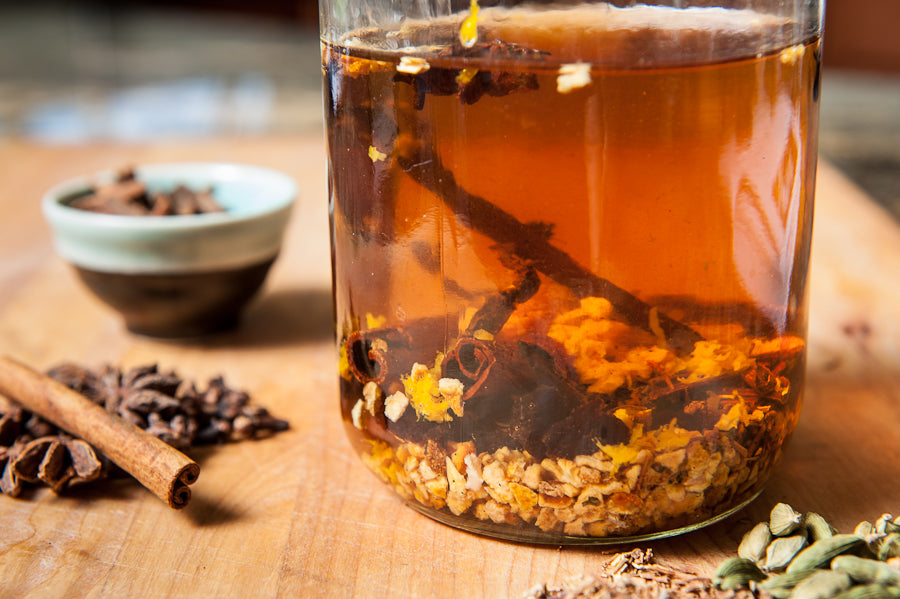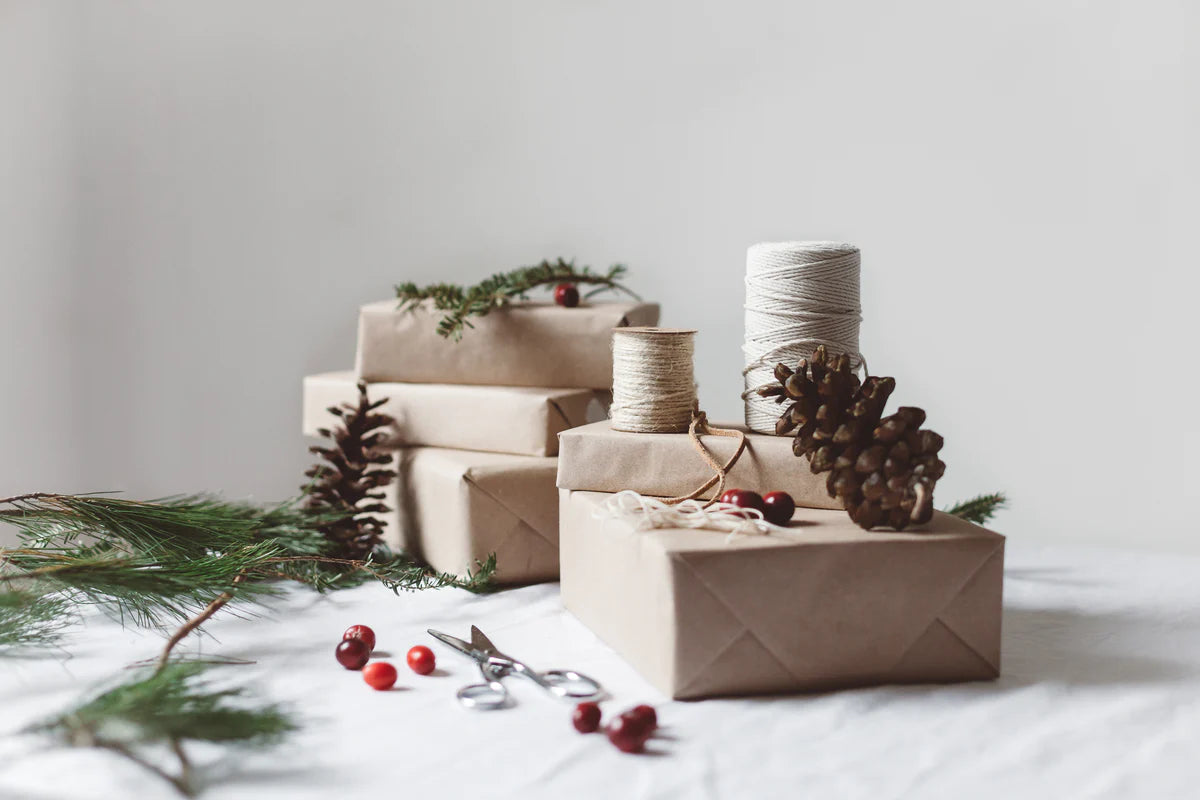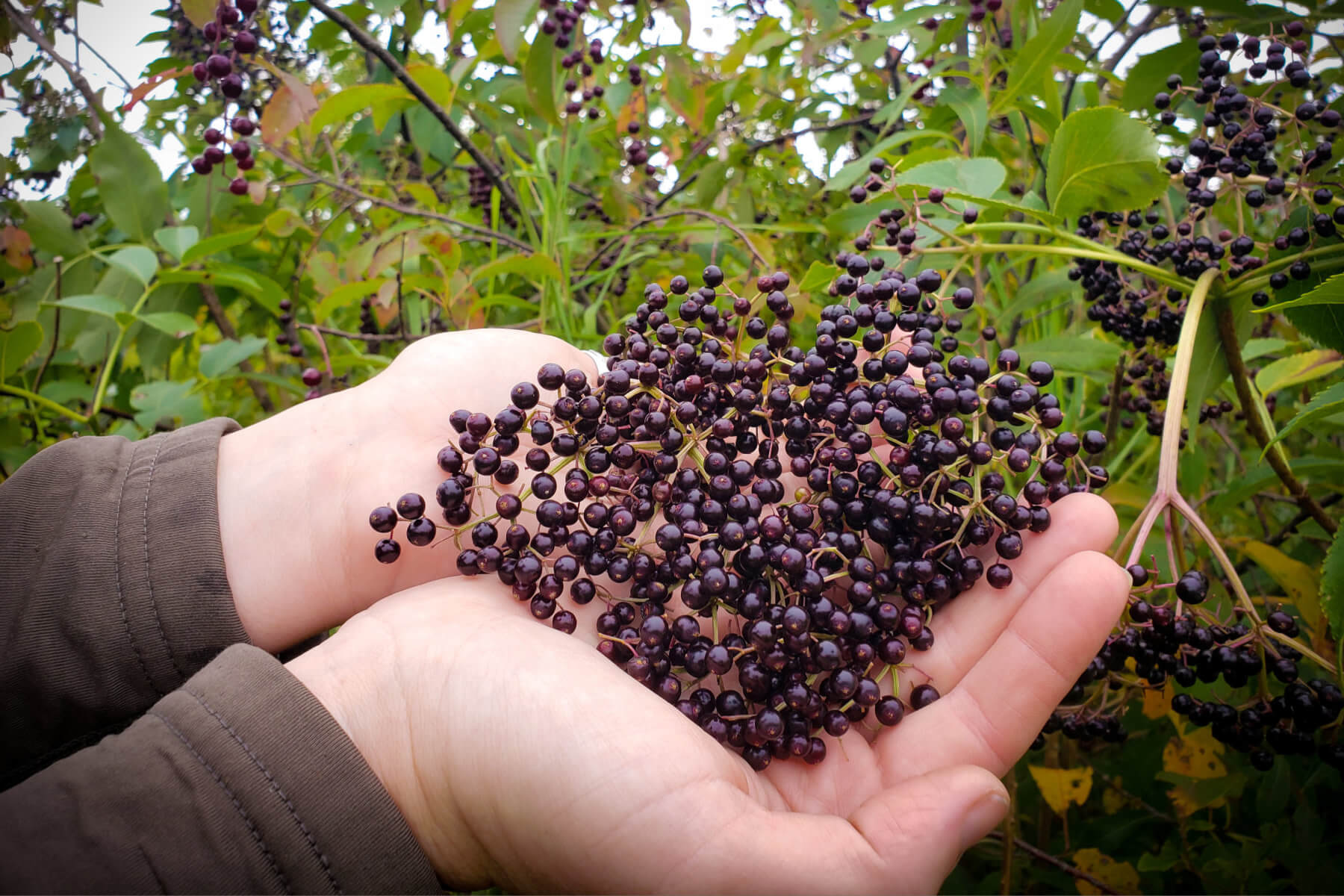What are Bitters?
We are in the midst of a renaissance in both the interest in natural health and herbal medicine; and the craft cocktail. The use of bitter herb extracts are a key part of both of these wonderful traditions. “Bitters” are a term that means an alcohol extract of bitter tasting herbs such as gentian or yellow dock mixed with spices and natural flavors. Bitters formulas were very popular in the 1800’s as herbal formulas. Certain classes of herbs that produce a bitter flavor have a similar effect on the body. Herbalists know these bitter tasting herbs to have a positive effect on the digestion system and the body’s detoxification system. When bitters are tasted by specific receptor sites in the mouth, and at sites found throughout the entire gastrointestinal system; it activates the digestion system to function properly.
In the early 20th century, herbalism was the most common form of healing in North America. Most people had common knowledge of how to use herbs to heal common ailments. Bartenders knew this too. Bitters herbs are particularly helpful when we are consuming excess food and alcohol. Bitters were a key component in traditional cocktails and still are to this day. In cocktails, bitters provide depth and character to cocktails. They are the ingredient you should not be able to pick out clearly, but would miss it if it was not there, like salt and pepper in food. Pre-abolition there were hundreds of bitters companies, by the mid-20th century it reduced down to a handful including Angostura and Peychaud’s. In the last decade there have been bitters companies popping up all over North America and you can now easily find a wide range of bitters that range from small distillers who brew their own alcohol and infuse the herbs in the process, herbalists preparing medicinal grade formulas; as well as a slew of incredible formulators making bitters for culinary uses and popular cocktails.
It’s exciting to be both an herbalist and cocktail enthusiast these days. We have an opportunity to share wonderful drinks with friends and family, while at the same time sharing the wonderful health benefits of bitters. You can book-end your celebration meals with cocktails, aperitifs, or even desserts that feature a dash of bitters and support your guest’s health and feeling of wellness. Bitters taken before and after meal times support our bodies in a number of ways;
- Stimulating the important vagus nerve in our body that connects key parts of our gastrointenstinal system such as the tongue, stomach, intestines, liver and gallbladder. This nerve is the ‘brain-to-gut connection’.
- Increasing saliva and digestive enzyme secretions.
- Slowing the movement of food out of the stomach and into the intestines. This action makes us feel fuller faster, and prevents gas and bloating through better break down of food in the stomach.
- Ensures a proper seal of the valve between our esophagus and stomach preventing acid backing up and causing heartburn.
- Supporting the liver and gall bladder by kick-starting important secretions and proper detoxification.
Many traditional cocktail recipes such as the Old Fashioned and Manhattan call for bitters. But feel free to add a dash to any cocktail you love. You can also serve a dash of bitters in small glass with sparkling water and a splash of juice as a pre-dinner aperitif.
Making Bitters
You can easily make your own bitters. All you need are some bitter herbs, spices, a jar, and vodka. With bitters, a little goes a long way. When making bitters of your own start by making small amounts. A one ounce bottle will last you many, many, cocktails. Use recycled jam, or even spice jars for making your bitters. Don’t start with large quart mason jars.
When making bitters you can technically use any alcohol you like. Every bitters maker has their favorite for a reason. When teaching herbal medicine making, I recommend my students start making their alcohol extracts with vodka. It’s clear and neutral in flavor so you can really see and taste the herbs you infuse into it. It’s also 40% (80 proof) so you get a good extract of a range of constituents and the percent of alcohol ensures proper preservation. Once you’ve made a few formulas I encourage you to try other types such as bourbon, whiskey or rum.
Next step is to get your hands on some herbs. Most local health food stores carry a selection of dried herbs, and you can use fresh ingredients from the grocery store or a local garden. You can use either fresh or dried herbs in your bitters. Note that herbs shrink by roughly half their weight when dried, so you would use half as much of a dried herb as you would fresh. If buying herbs it is important to buy certified organic or cultivated herbs as some species such as gentian are endangered in the wild. Most organic gardeners in your area would be quite happy to have you dig a few dandelion or yellow dock roots as they are very weedy species.

To craft your own bitters extract here are some guidelines to follow for ratios of herbs;
- 10% very bitter herbs: These would include gentian, cinchona, yellow dock or wormwood. They are by far the most intense, and using too much will overpower your formula.
- 50% medium to mild bitter herbs: We get most of our action from medium to mild bitters herbs. My favorites are dandelion root and leaf, orange or lemon peel (make sure you include the white pith), bitter greens such as parsley or arugula, and angelica root.
- 30% aromatic herbs: This is where we get to have fun. Aromatic herbs are what we think of as tea and spice herbs. Use ones that smell fragrant and delicious. Rosemary, coriander, fennel, peppermint, ginger, lemongrass, celery seed, allspice. This part of the formula is where you get to really infuse the flavor you want.
- 10% sweet: A touch of sweetness acts as a harmonizer in our formulas. It pulls together the flavors and actually helps their uptake in the body. You can use traditional sweeteners such as simple syrup, maple syrup or honey (these you would add after you have infused and strained the extract). You can also use herbs on the sweet spectrum such as burdock root, codonopsis root, or licorice root. If you want to make a savory bitters such as rosemary or jalapeno, I’d use burdock root.

To make your extract you need enough herb to loosely fill half of the jar if using dried or three quarters if using fresh. Top the herbs with vodka, seal with a tight fitting lid, and label with the date and contents. The important part is that the herbs are covered entirely by the alcohol in the jar; you may need to top a day or two later as the dried herbs will absorb some of the fluid. Place this jar in a dark place and shake daily for two weeks to a month. Taste your formula every few weeks to see when you like the flavor. When the bitters are ready, strain the mixture through a fine strainer or coffee filter. If using honey, maple syrup, or simple syrup as a sweetener this is the time to add it. You’d add a tablespoon of sweetener to a cup of extract and shake well to dissolve. Bottle the finished extract into a clean bottle; a small dropper bottle works great. Let your extract age for one or a few weeks and then start using them in your favorite recipes, or as a before meals tonic.




